The soil temperature in the greenhouse mainly comes from three aspects: 1 solar radiation energy, 2 biological thermal energy, 3 geothermal energy. Soil air composition and thermal conditions directly affect the whole growth and development of vegetables, flowers and other plants in the greenhouse, including planting, germination, emergence, plant formation, flowering results, and mature aging. At the same time, it also affects the various mechanism changes of the soil.
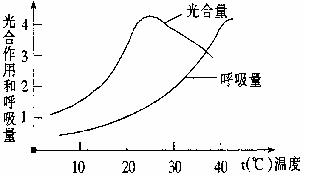
Above: Effects of Temperature on Photosynthesis and Respiration of Vegetable Plants
According to the above figure (influence of temperature on photosynthesis and respiration of vegetable plants), it can be seen that the suitable temperature for plant growth is 20-30 degrees Celsius, too low or too high is not suitable for plant growth. Due to the influence of environmental temperature in winter, the temperature of the greenhouse is too low to reach the temperature for plant growth. The rate of photosynthesis is low and growth is slow.
Second, how to warm the greenhouse, warming up 1. Physical heating, warming measuresThe most commonly used physical heating measures for growers are the use of heating stoves, which are divided into two types, coal heating and power heating. Usually, flue ducts and heat exchange pipes or power supply lines are required to be laid. In addition, you can use high-powered iodine tungsten lamp heating, using a hot water bottle heating.
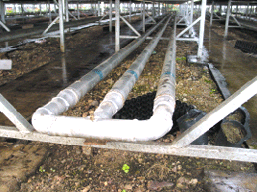
Above: Greenhouse Heat Exchange Line
2. Chemical heating, heating technology 3. Biological warming and heating technology (recommended)Use the metabolites (heat, carbon dioxide) in the life activities of microorganisms to warm up. At present, the most mature temperature rising and heating technology in the market is the "Goldbeet greenhouse warming agent." This technology adopts international advanced microbiological engineering technology and uses microbial fermentation to decompose and convert raw material plant straw (waste plant straw) into inorganic material. Organic nutrition, temperature and heat, carbon dioxide A new type of bioengineering technology that increases the temperature of greenhouses and greenhouses.
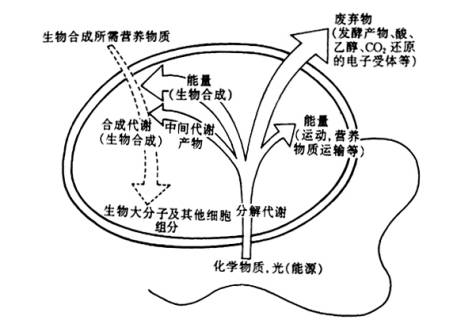
Above: Metabolism of microorganisms
3. Advantages of temperature increase technology in microbiological greenhouses 1. Warming and heat preservation effect is good;(1) Increase underground temperature by 20cm (4-6 degrees Celsius) (2) Increase average temperature by 2-3 degrees Celsius (3) Early spring crops sown and planted 10-15 days in advance (4) Flowering results 7-10 days ahead of schedule (5) Extended harvesting More than 30 days
2. Increase carbon dioxide concentration and promote photosynthesis;Under the condition of certain light intensity, appropriate increase in carbon dioxide concentration in the growing environment of vegetables and flowers can increase the rate of photosynthesis and eventually promote the growth of foliage and fruit. The use of the byproduct of warming agent in the greenhouse is to increase the concentration of carbon dioxide, which promotes the growth of the crop.
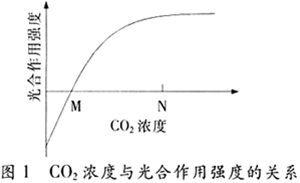
The use of warming agent in the greenhouse can increase production by 30-50% per mu, and the input-output ratio can reach 1:20 or higher, and straw waste can be reused to reduce costs.
Fourth, the microbiology greenhouse heating, heating technology operation (please click: greenhouse temperature-raising agent to buy and graphic operations) 1, site preparation fertilization.15-20 days before planting, remove the original backs of the field, deep plow tillage, and remove the manure, so that the quality of the farmyard manure (chicken, pig, horse, cow, sheep, rabbit and other manure) will be 3-4 cubic meters/mu. After mixing with 70% of compound fertilizer and chemical fertilizer dosage, spread it evenly on the surface of the wolfberry.
2, for digging trenches.After soil preparation and fertilization, we drew a width of 1.2 to 1.3 meters along the width of the plant, dig 0.4 meters in depth and 0.3 meters in depth, and placed the excavated soil on both sides of the plant.
3, warming agent preparation.About 4 kg (4 bags) of temperature-enhancing agent strains of Jinbao greenhouse can be used per acre, and 40 kg of wheat bran or rice bran can be used. The better the fresh wheat bran is, the better. (usually 60 m × 7 m greenhouses, with 3 kg, wheat bran or rice bran 30 kg can be). Then mix 1 kilogram of gold babe warming agent with 10 kilograms of rice bran or wheat bran evenly. Add about 8 kilograms of water and mix evenly. (Add the water's humidity standard by hand to match the good material. Dripping water is suitable); can also be mixed with good bacteria at 20 ~ 25 °C, directly stacked 12 to 24 hours for use.
4, put straw and warming agent.Prepare the corn stalks evenly and evenly in the gutters. After compaction, keep the sulcus at the same level as the ditch. After the stalks are put, spray the surface stalk with 2% urea solution (also use 2% brown sugar solution), and then The prepared fermented bacterial inoculum is evenly spread on the straw, and is beaten with a spade, and appropriately vibrated so that some of the contaminated material is dropped into the straw layer. It is recommended that the fertilizer be blended with 1 to 2 cubic meters per mu of rotten chicken. Excrement is appropriate, and the remaining 30% of the chemical fertilizer is evenly mixed with fungicide, which can better increase and extend the fertilizer effect for more than 1 year, and the effect will be better. Fertilizer can also be applied in different layers of straw, but the amount should not be too much.
5, cover soil irrigation.After the straw, fungicide and fertilizer are applied, cover the soil. 90% of the soil excavated from the original trench is placed on the straw, compacted with a shovel, and be careful not to expose the straw. The thickness of the cover soil is about 0.2 meters, forming a sorghum. The remaining part of the soil can be made slightly higher in the channel to help with walking and watering. It is watered about 10 days before planting, and the straw is thoroughly drenched after 3 days. .
6, calibration punch.When planting, ditch or dig a hole 8 to 10 cm away from the edge of the ditch, apply planting fertilizer (biological fertilizer), insecticide, etc. into the planting ditch, and soak the planting water, and then plant the seedlings. After planting, we must drill holes in the straw fermentation heap in time. Use a pointed wooden drill or steel drill with a diameter of about 3 cm to drill holes. The hole spacing is about 15 cm. The depth of the hole is suitable for obliquely penetrating the straw layer. Good ventilation and release of carbon dioxide.
Five, Jinbao greenhouse warmer use matters needing attention1. Pay attention to timely replenishment: The fermenter is well prepared and should be replenished in time after 10 days, but it should not be too diligent, excessive, and the humidity should be kept at 50-60%.
2. Pay attention to regulate the exhaust according to the growth period requirements
Shikonin is a kind of organic substance, which is insoluble in water, soluble in ethanol, organic solvent and vegetable oil. It is easy to dissolve in alkali water and precipitate when meeting acid. It can be used in the treatment of acute icteric or non icteric hepatitis, chronic hepatitis and verruca plana. It is also effective for cirrhosis (ascites) and verruca vulgaris. It has anti-cancer, anti-inflammatory, antibacterial and other effects. It is used in the treatment of acute and chronic hepatitis and cirrhosis (ascites). The Department of Dermatology and Hepatology is used for the treatment of verruca plana and psoriasis, local application for the treatment of burns and promoting wound healing. Eye drops are effective in the treatment of herpes simplex keratitis.

Product Name: Shikonin
Other Name : Shikonin Powder
Specification: 10%/30%/ 98%
Appearance: Dark Red Purple Powder
Form: Powder
Storage: Store in cool and dry places, keep away from strong light.

Why choose us?
1.Shikonin extract shikonin with the function of anti-tumor effects;
2.Shikonin extract shikonin acts the main role of the cardiovascular system;
3.Shikonin extract shikonin with acne and anti-inflammatory cosmetic effects;
4.Shikonin extract shikonin is mainly used for hepatitis, dermatitis and baby, women vaginitis, cervicitis, and other drugs
5.Shikonin has antimicrobial, anticancer and anti-inflammatory effect.
6.Shikonin is used in treating chronic hepatitis, oxyhepatitis and cirrhosis.
7.Shikonin is used in treating verruca plana and psoriasis.
8.Shikonin is also known to have wound healing, antitumor, and antithrombotic properties.
9.Shikonin works as colorant in cosmetic and food products.
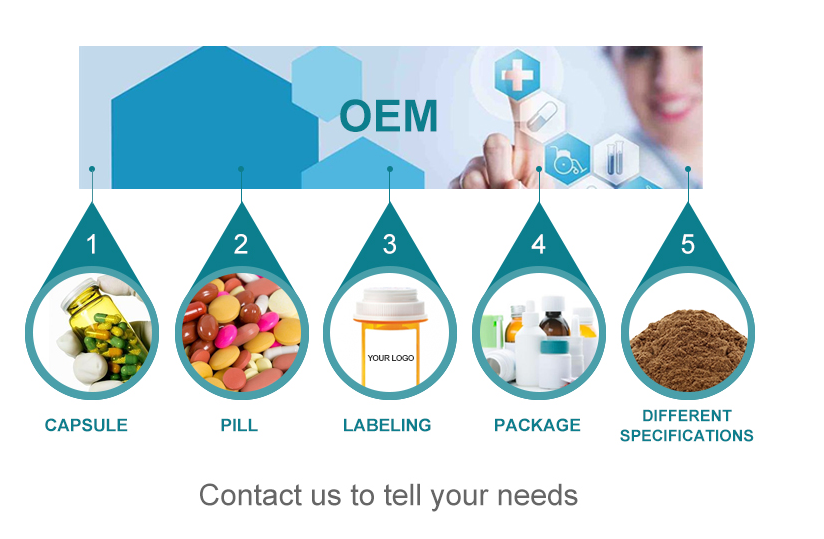
Product Recommended
Berberine Hydrochloride,Shikimic Acid Powder,Kaempferol Powder,Quercetin Powder
Xi'an Tian Guangyuan Biotech Co., Ltd. , https://www.tgybiotech.com